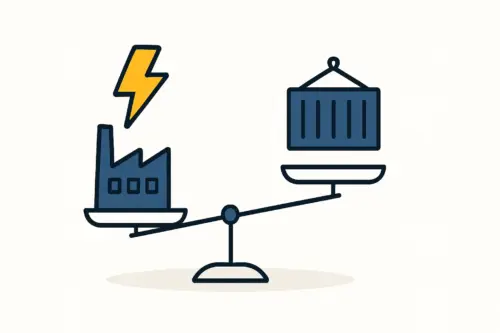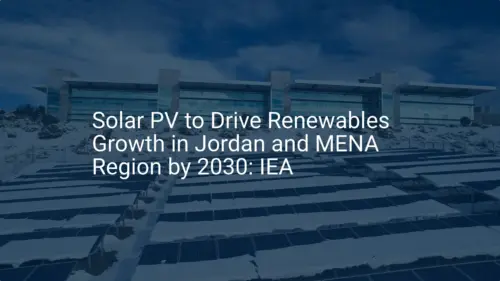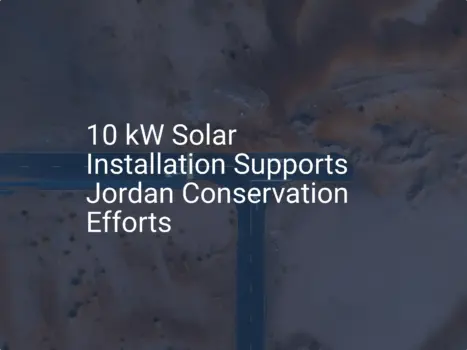An entrepreneur stands before a detailed blueprint for a new solar module factory. With a sound market analysis, a robust technical plan, and a strategic location in Jordan, the project seems poised for success. Yet, a fundamental question underpins the entire venture: how will it be financed?
This scenario is familiar to business professionals entering the renewable energy manufacturing sector. The path from a well-conceived plan to a fully funded operation requires a deep understanding of the financial landscape.
This article provides an overview of the financing options available in Jordan for new manufacturing projects, from local commercial banks to international development funds. It explains the requirements, processes, and strategic considerations involved in assembling a successful funding package for a solar panel factory.
Understanding the Jordanian Financial Landscape
Jordan has positioned itself as a regional leader in renewable energy adoption, driven by its National Energy Strategy and Vision 2025. This commitment creates a generally favorable environment for green projects. However, supportive government policy does not automatically translate into straightforward project financing, especially for capital-intensive manufacturing startups.
The financial ecosystem rests on three primary pillars:
- Local Commercial Banks: The most traditional source of debt financing.
- Development and Investment Funds: Government-affiliated bodies designed to stimulate economic growth and de-risk investments.
- International Financial Institutions (IFIs): Global and regional development banks that fund large-scale projects with significant economic and environmental impact.
Navigating these pillars successfully requires a clear understanding of their respective mandates, risk appetites, and application requirements.
Financing Through Local Commercial Banks
For many entrepreneurs, local commercial banks are the first port of call. They offer conventional loan products, but their approach to new industrial ventures is typically cautious. From a bank’s perspective, a startup solar factory represents a higher risk profile compared to an established business in a traditional sector.
Key Requirements and Challenges
To secure a loan from a Jordanian commercial bank, a project proposal must be exceptionally well-prepared. Lenders will closely scrutinize the following areas:
-
A Comprehensive Business Plan: This is the most critical document. It must go beyond projections to provide a detailed analysis of the market, operational costs, supply chain, and a clear path to profitability. A thorough business plan for a solar panel factory serves as the primary tool for the bank’s risk assessment.
-
Significant Equity Contribution: Banks expect the project sponsor to have substantial “skin in the game.” An equity contribution of 30% to 50% of the total project cost is a common requirement. This demonstrates the entrepreneur’s commitment and shares the financial risk.
Ready to make big Profits?
The solar Industry is Booming
WE HELP NEWCOMERS to the solar industry start their own solar module production line. Customers can make BIG PROFITS by selling modules and finding investors, without wasting money and time on things they don't need!
-
Substantial Collateral: To secure the loan, banks will require significant collateral, typically in the form of real estate or other fixed assets within Jordan. The value of the collateral often needs to exceed the loan amount.
-
Proven Management Track Record: Lenders will assess the business history and success of the entrepreneurs behind the project. A demonstrated track record in another industry can build confidence, even without direct experience in solar manufacturing.
The application process involves rigorous due diligence from the bank and can be lengthy. Entrepreneurs should be prepared for a detailed review of their financial history and the project’s technical and commercial viability.
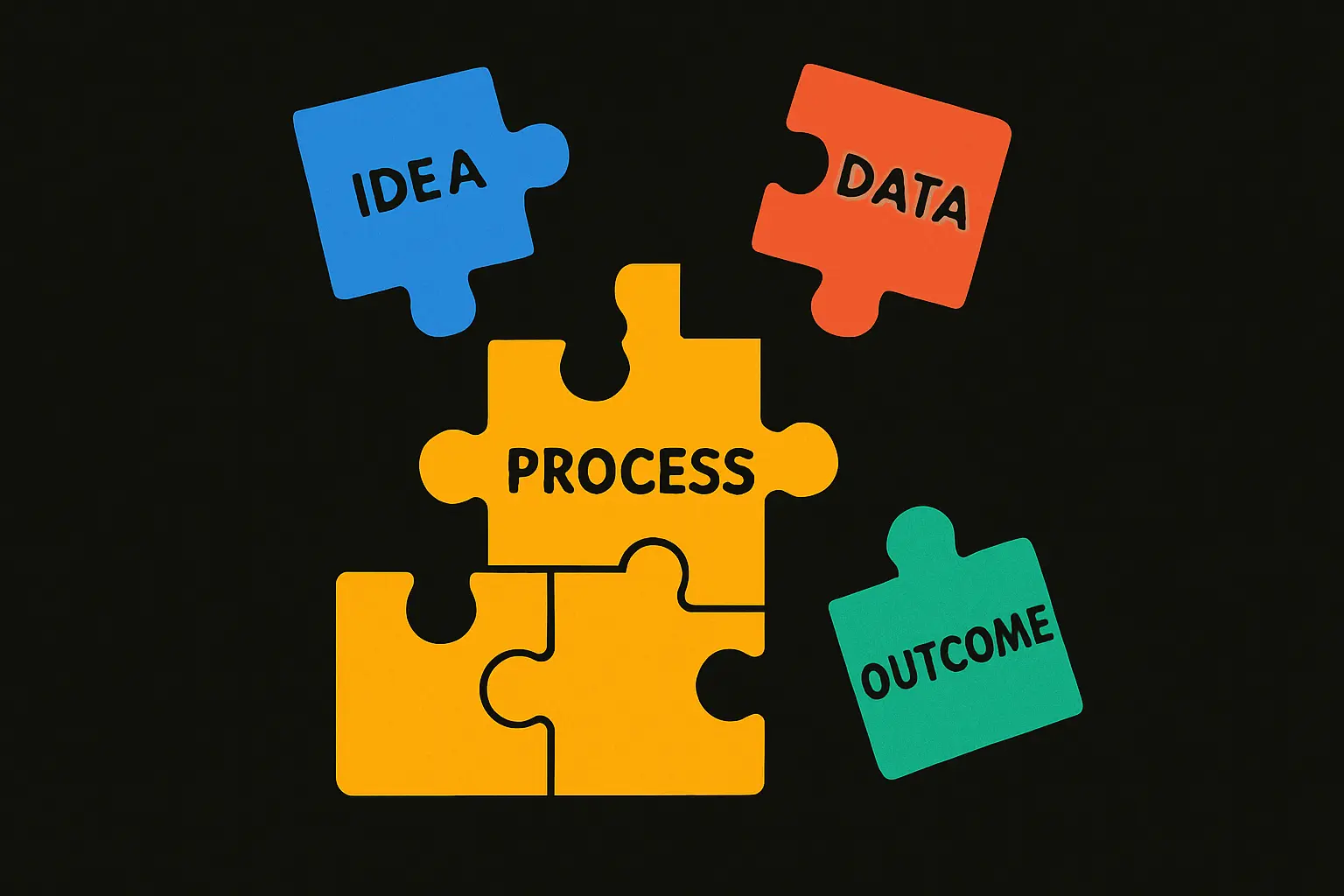
Leveraging Jordanian Development and Investment Funds
To bridge the gap left by conservative commercial lending, Jordan has several institutions designed to facilitate and encourage investment in key sectors. These organizations often act as crucial enablers for new manufacturing ventures.
Jordan Investment Commission (JIC)
While not a direct lender, the JIC is an essential first stop. Registering a project under the Investment Law can grant it significant benefits, such as customs exemptions on imported machinery and potential tax incentives. These benefits reduce the overall project cost and improve its financial projections, making it more attractive to lenders. A JIC registration also lends credibility and signals government support for the venture.
Jordan Loan Guarantee Corporation (JLGC)
The JLGC plays a vital role in de-risking loans for commercial banks. It provides partial guarantees for loans extended to small and medium-sized enterprises (SMEs), including new industrial projects. By covering a percentage of the bank’s potential loss in case of default, a JLGC guarantee can be the deciding factor that convinces a bank to approve a loan for a project it might otherwise deem too risky.
Jordan Enterprise Development Corporation (JEDCO)
JEDCO focuses on enhancing the competitiveness of Jordanian enterprises. While it primarily offers grants and technical support for existing businesses looking to expand or export, its programs can sometimes apply to new ventures. It provides valuable support services that can strengthen a project’s operational readiness.

The Role of International Financial Institutions (IFIs)
For larger projects, IFIs represent a significant source of financing. These institutions have a mandate to promote sustainable economic development and often have specific funds allocated for renewable energy and climate-related projects in regions like the Middle East.
-
European Bank for Reconstruction and Development (EBRD): The EBRD is highly active in Jordan, with a strong focus on supporting the private sector and the country’s transition to a green economy. It can provide direct loans, take equity stakes, or work through local partner banks via its Green Economy Financing Facility (GEFF). EBRD projects must meet high environmental, social, and governance (ESG) standards.
-
International Finance Corporation (IFC): As a member of the World Bank Group, the IFC is the largest global development institution focused on the private sector in emerging markets. It finances projects that are commercially viable and have a positive developmental impact. A proposal for a 20-50 MW solar module production line, for example, could be of a scale that attracts IFC interest.
-
German Development Bank (KfW / DEG): Given Germany’s leadership in solar technology, its development finance institutions are key players. DEG, a subsidiary of KfW, specifically finances private sector investments in developing countries. A project that involves German technology or engineering partners, such as turnkey line providers, may find a more receptive audience.
Engaging with IFIs is a complex and lengthy process. They require extensive documentation, including detailed feasibility studies, environmental impact assessments, and a highly structured business plan. Their involvement, however, not only provides capital but also lends immense credibility to a project.
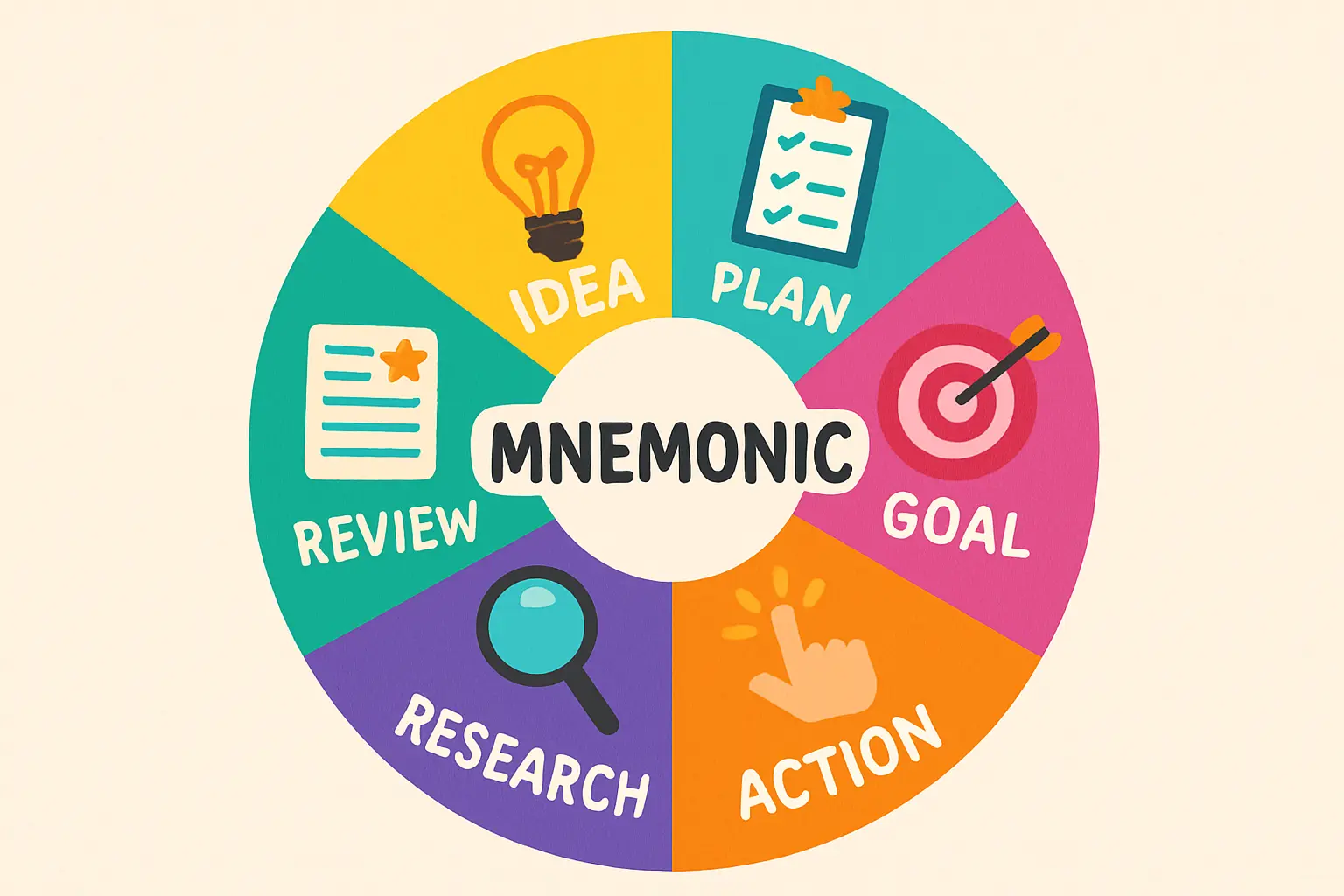
Structuring a “Bankable” Project Proposal
Regardless of the funding source, a project’s success hinges on the quality of its proposal. A “bankable” project is one that financiers can assess, understand, and confidently invest in.
The Essential Components
-
The Feasibility Study: This technical document validates the project’s viability. It includes a detailed factory layout, equipment specifications, production process, supply chain logistics, and an analysis of potential operational risks. It is the technical backbone that supports the financial projections.
-
The Business Plan: This document translates the technical plan into a compelling commercial case. It must clearly articulate the market opportunity, competitive landscape, revenue model, and the total investment required for a solar factory. Based on experience from J.v.G. turnkey projects, a well-structured financial model is the most scrutinized section.
-
The Team: Financiers invest in people as much as they invest in ideas. The proposal must highlight the experience and expertise of the management team. For entrepreneurs without a technical background in photovoltaics, partnering with experienced technical consultants is crucial to demonstrate project competence.
FAQ: Common Financing Questions for New Solar Manufacturers in Jordan
What is the typical equity requirement for a project loan?
For local commercial banks, an equity contribution of 30% to 50% is standard. This can sometimes be lower if the project is supported by a loan guarantee from an entity like the JLGC or involves financing from development banks.
How long does the financing process typically take?
The timeline varies significantly. Securing a loan from a local commercial bank can take six to 12 months. Engaging with an IFI is a more extensive process that can take 12 to 24 months from initial contact to disbursement.
Can a foreign entrepreneur secure financing in Jordan?
Yes, it is possible. Jordan’s investment laws are designed to attract foreign capital. However, success is often greater when foreign investors partner with a local entity or establish a formal Jordanian company. Registering the project with the JIC is a critical step.
Do I need a complete factory design before applying for a loan?
A detailed preliminary design is essential. You do not need a final, construction-ready blueprint, but the proposal must include a professional factory layout, a complete list of required machinery, and a clear description of the production process. This is necessary to justify the cost estimates in your financial plan.
Are government grants available for setting up a solar factory?
Direct, large-scale grants for the entire capital expenditure of a new factory are uncommon. More frequently, government support comes in the form of incentives such as tax holidays, customs duty exemptions on imported equipment, and access to subsidized land in development zones.
Conclusion: A Strategic Approach to Financing
Securing financing for a solar module manufacturing plant in Jordan is a complex but achievable goal. The process is rarely as simple as applying to a single institution. The most successful approach often involves creating a blended financial structure that combines the entrepreneur’s own equity, a senior loan from a local commercial bank (potentially de-risked by a loan guarantee), and, for larger ventures, participation from international financial institutions.
The foundation for any financing strategy is meticulous preparation. A robust business plan, a technically sound feasibility study, and a strong management team are the non-negotiable prerequisites. By understanding the landscape and preparing a proposal that addresses the specific requirements of each type of financier, entrepreneurs can successfully navigate the path from vision to a fully operational solar factory.



